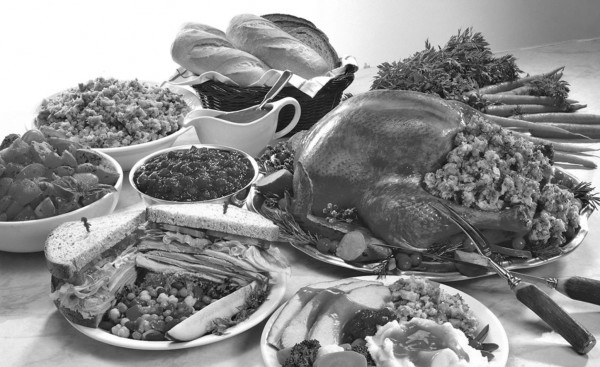How to approach hosting Thanksgiving during the pandemic

Much like the holidays that preceded it in 2020, Thanksgiving figures to be different this year. An ongoing pandemic has changed the way much of the world lives their lives, including how holidays are celebrated.
As the novel coronavirus COVID-19 spread across the globe beginning in the winter of 2019-20, the World Health Organization recommended a host of behaviors designed to prevent the spread of the virus and protect those who are most vulnerable to it. The Centers for Disease Control and Prevention also noted the importance of keeping distance from others, especially for those who are most likely to get seriously ill if they’re exposed to COVID-19, such as the elderly and people with underlying medical conditions.
The WHO and the CDC continue to recommend social distancing, which means Thanksgiving in 2020 will be unlike any other. Families must make their own decisions about getting together this holiday season, but hosts who intend to welcome guests into their homes this Thanksgiving can take certain steps to keep everyone as safe as possible.
• Scale back the guest list. Families accustomed to large Thanksgiving gatherings can scale the festivities back this year in an effort to keep everyone safe. Consider hosting a meal for immediate family members only, as the Environmental Protection Agency notes that COVID-19 may spread more easily in indoor environments via airborne particles. Extended family members can visit each other over the long holiday weekend to ensure everyone still sees each other, but keep such visits outdoors when possible.
• Consider eating Thanksgiving dinner outside. If the weather permits, consider eating Thanksgiving dinner outside this year. Doing so may limit everyone’s exposure to the respiratory droplets that researchers say can spread the virus when inhaled. If necessary, serve the meal earlier than you normally would so everyone can eat in midday when it’s still warm outside. Hosts also can consider serving something more convenient than turkey, which takes a long time to cook, and limiting side dishes to one or two items.
• Assign seats. If the meal will be served indoors, then hosts can assign seats to protect those most vulnerable to serious illness from COVID-19. Instead of cramming everyone in at one table, set up temporary tables and have guests sit in every other seat rather than next to one another. Isolate the vulnerable as much as possible while still ensuring they can engage in conversation.
• Discourage guests from attending if they feel sick. A list of COVID-19 symptoms can be found at www.cdc. gov. In the days prior to Thanksgiving, hosts can share that list with guests via email or social media and discourage guests who are feeling ill on or around the holiday from attending the festivities. If necessary, make a to-go plate for ill relatives and drop it off at their homes so they can still enjoy Thanksgiving dinner.
• Stock up on hand soap and hand sanitizer. Hosts should make sure hand soap and sanitizer is readily available throughout their homes. When guests arrive, make sure everyone washes their hands immediately, and encourage guests to continue doing so throughout the day.
Thanksgiving will be different in 2020. Hosts need to adjust their normal Thanksgiving routines to ensure the safety of their guests.

